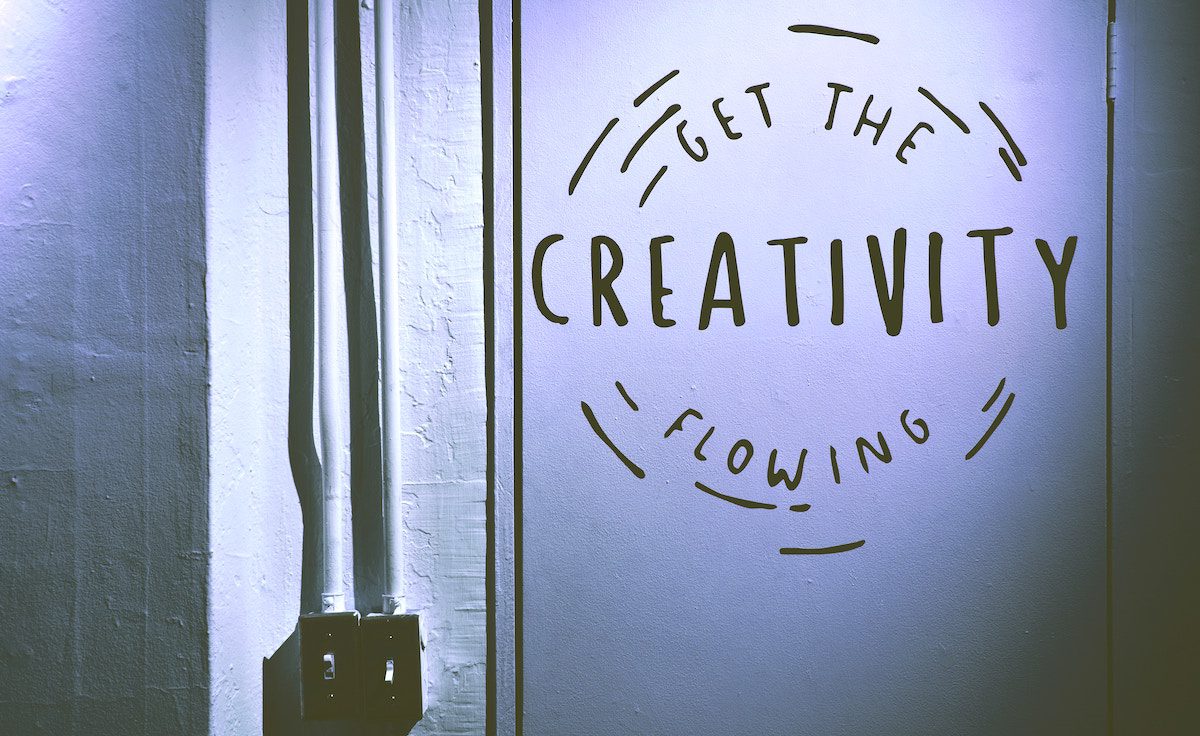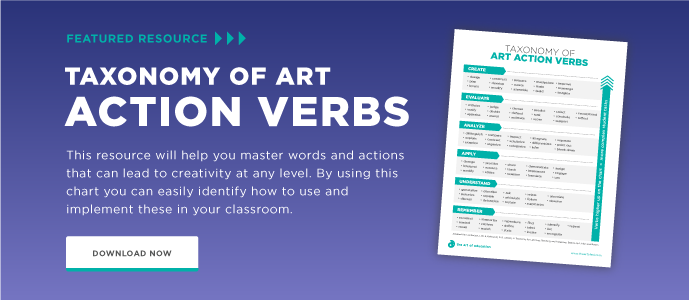Inspiration and ideas are fickle and funny beasts. Some are good. Some are great. Some are okay, and some are really, really bad. As art teachers, we know sometimes our best ideas for projects, our own artwork, or how to creatively solve a problem may come in a flash of wisdom or have been marinating in our brains over months. There is no black and white, right or wrong way to come upon a good idea, but how can we help our students discover their best ideas when we aren’t quite sure how we get our own?
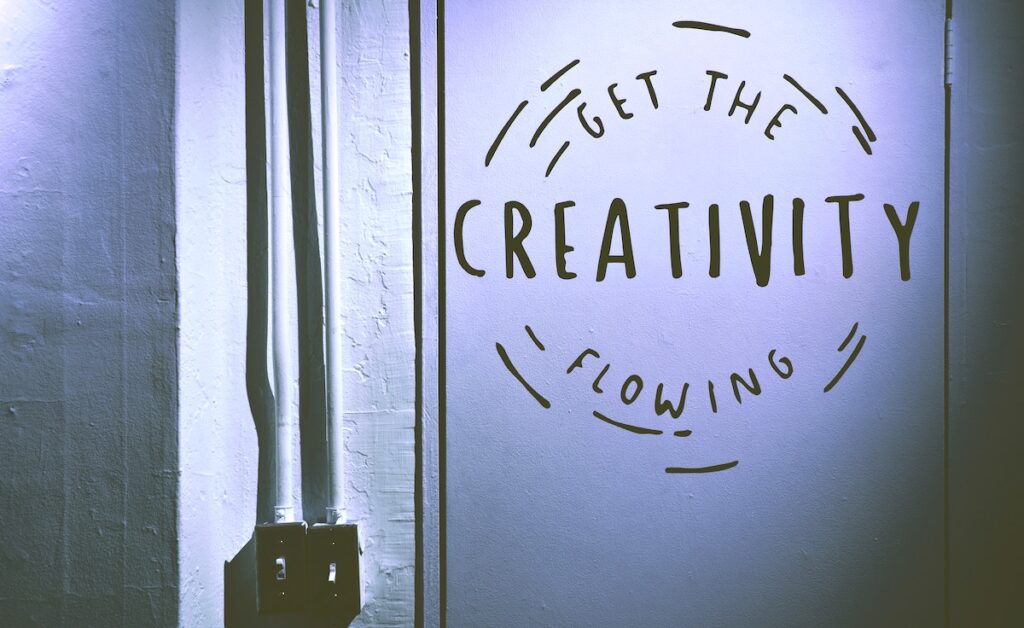
The funny thing is, often the best ideas come when you aren’t even trying to come up with them.
To encourage the best, most original work from our students, we could search on the internet for all the ways come up with good ideas. We could share an article like this one or this one, but that isn’t as helpful as actually allowing them to think for themselves.
Download our free Taxonomy List of Action Art Verbs to help students get their creative juices flowing.
To get the best ideas from your students, try one of these three strategies:
Give Them The Whole Day
Yes. The. Whole. Day. Or certainly the entire class period. Sure, give them a prompt or two, ask that they do not interfere with their peers, but don’t demand their idea for the next project has to be verbalized or written by the end of the class period or within a time limit. It will not be a lost day. Creativity takes time and practice. Our students are bombarded with a fast-paced, answers-now culture. Rarely are students given the opportunity to just think and let an idea tickle at their brain. Sure, if a student lands on a quality idea, let them run with it, but give them time to solve a creative problem.
Some students will find this to be frustrating—even overwhelming—as they want a good idea, and they want it now. Be prepared to coach students through the process as they spend some time in the unknown. Remind students feeling frustrated, defeated, or that ideas aren’t good enough is normal. Some students who pride themselves to have a vivid imagination might also lack creative substance when it comes to good ideas. In 5 Surprising Things You Might Not Know About Creativity, author Amber Kane explains, “creativity and imagination are not the same things.” You can be good at imagining something that is not there, but creativity is bringing what you imagine into reality. This kind of thinking requires space. There is also an amount of freedom you are granting students when you tell them to take their time.
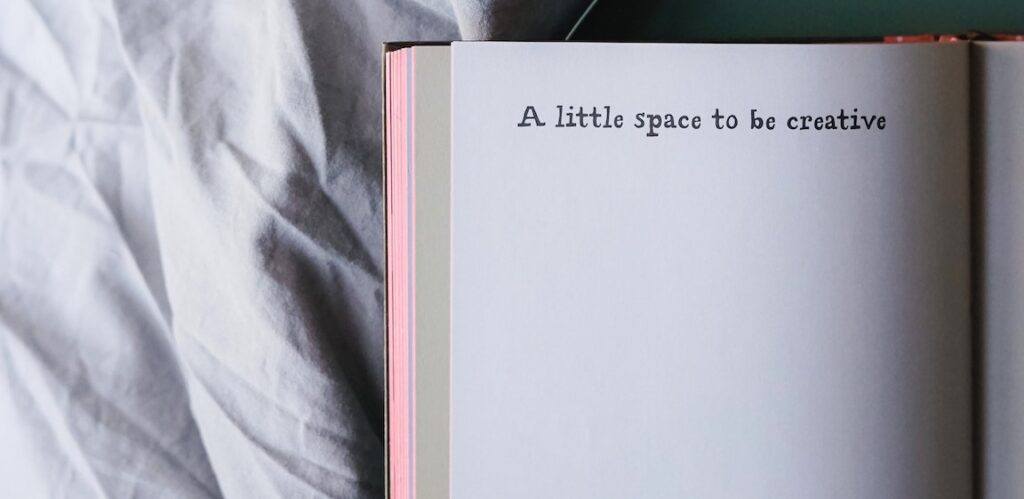
Cut Class Short
No, don’t let your students out of the classroom early, instead, have them clean up fifteen minutes or so before the end of class. Then, use the end of class to present the next project, the next unit, or the next medium. There is no rule that an anticipatory set has to be at the beginning of a class period! The no-pressure presentation will allow them to actively think of ideas, or it will be already a part of their subconscious input for the next day.
Leave them with a prompt or two, but no concrete tasks that require them to make any decisions or actions. Then, upon returning to class, you can take the time to review the necessary information and let them get right to work. It will also allow them to wrestle with questions as they tackle the project. You will be surprised by how students look forward to the task at hand.
Brainstorm On A Theme
Regardless of how much time you give students to sit on an idea, you can encourage a productive brainstorm of ideas. You have all heard of brainstorming. It’s a great way to get ideas brewing; however, without a bit of structure, a brainstorm can get messy and unproductive. So, give students a theme to start.
1. Give students a theme prompt.
A “My Favorite____…” brainstorm can be particularly effective. For example, My favorite:
- Place
- Food
- Person
- Song
- Color
- Activity
- Animal
2. Then, have students draw nine boxes on a piece of paper or in their sketchbooks.
Give them one of the prompts above and in one the of the boxes, encourage students to write a list of things that fall under their “favorite.”
3. In the remaining boxes, sketch out the ideas from the list.
At the end of the activity, they will have at least eight sketches to develop into a greater idea. By providing some parameters to a brainstorm, students can better identify which of their ideas they want to run with and which ones they want to leave behind.
As you bring students to their best ideas, it is critical that you know your students and try new things accordingly. Some students need a lot more guidance, and others require more space. By incorporating a variety of idea-generating strategies, you can address the learning styles of all your students. As mentioned before, great ideas are often flighty and sporadic. They happen when they aren’t really “trying” to happen. However, as art teachers, we can be the ones who give our students the opportunities to make their best ideas come to life.
To Learn More
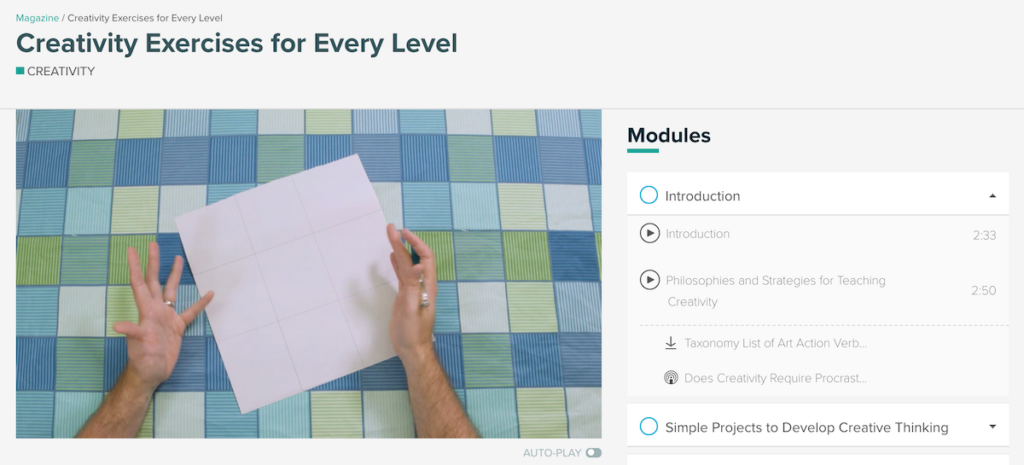
If you’re interested in learning more about how to get the best creative work out of your students, there are many great resources out there. Here are three other resources we recommend:
Creativity Exercises for Every Level PRO Learning Pack
If you want to incorporate more creativity into your art classroom, this is the best place to start. In this Learning Pack, Tim talks about how creativity is one of the most important skills our students can develop. But how exactly do we teach students to be more creative? You will learn specific strategies to develop your students’ higher-order thinking and problem-solving skills. No matter what level you teach, these videos and resources will give you concrete ideas to get started.
How to Bring More Creativity Into Your Classroom (Ep. 036)
In this episode of Art Ed Radio, artist and teacher, Amber Kane talks about concrete, manageable, actionable ways students (and teachers!) can get on the path toward more creativity.
Everything You Need to Know About Creativity in the Art Room
In this article, learn more about working definitions of what creativity is and what it is not. Also, find a variety of links and resources perfect for any level and any art teacher.
As art teachers, we live and breathe creativity. When we stop looking and wondering and attempting new strategies with our students, we stop being the best we can be. There is no set way to arrive at a perfect creative solution to an artistic problem. The good news is as we try new things and share them with our students we are not only teaching our students how to be creative, but we are leading by example.
Magazine articles and podcasts are opinions of professional education contributors and do not necessarily represent the position of the Art of Education University (AOEU) or its academic offerings. Contributors use terms in the way they are most often talked about in the scope of their educational experiences.
